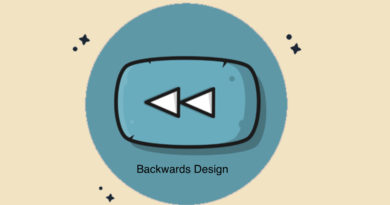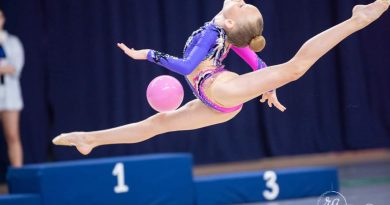“Objective: Get the Olympic Medals back.”, an educative breakout in Physical Education lessons.
Education is a phenomenon in constant evolution that adapts to a world full of challenges. Every day, new ideas and methodologies emerge for supporting students in reaching their full potential. One of these methodologies is known as gamification of education, which is defined as “a developing approach to increasing student motivation and commitment by incorporating elements of game design in educational environments.” (Dichev & Dicheva, 2017). Further, gamification increases student participation, interaction, and the development of interpersonal attributes. (Alcalde & Santamaria, 2020).
Under the umbrella of gamification, we can find several activities, like educative Breakout. It is considered an educational breakout as immersive games played by small groups of people, in which participants are required to open a final chest by overcoming various challenges. (Manzano-León et al., 2021).
In the frame of Unit 4: Adventure Challenging, for the past few weeks, Y6 and Y5 have been in an educational Breakout. The Tokyo 2020 Olympic Games are the setting for this activity titled “Objective: get the Olympic Medals back.” The action starts exactly one day after the first medals are awarded: Saturday, July 24, 2022. The Olympic medals were stolen on that day, and students are needed to recover them.
The first part of this educational proposal was an explanation of what an educational breakout is, basic rules, group formation (Red Team, Green Team, Yellow Team, and Blue Team), and watching the introductory video.
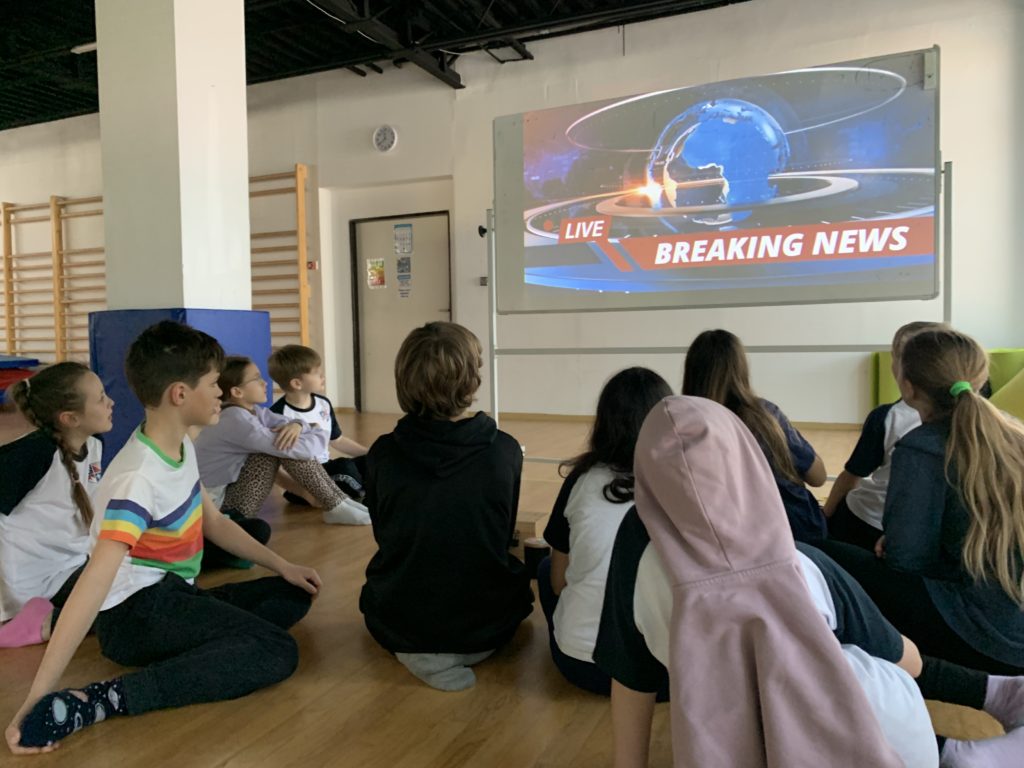
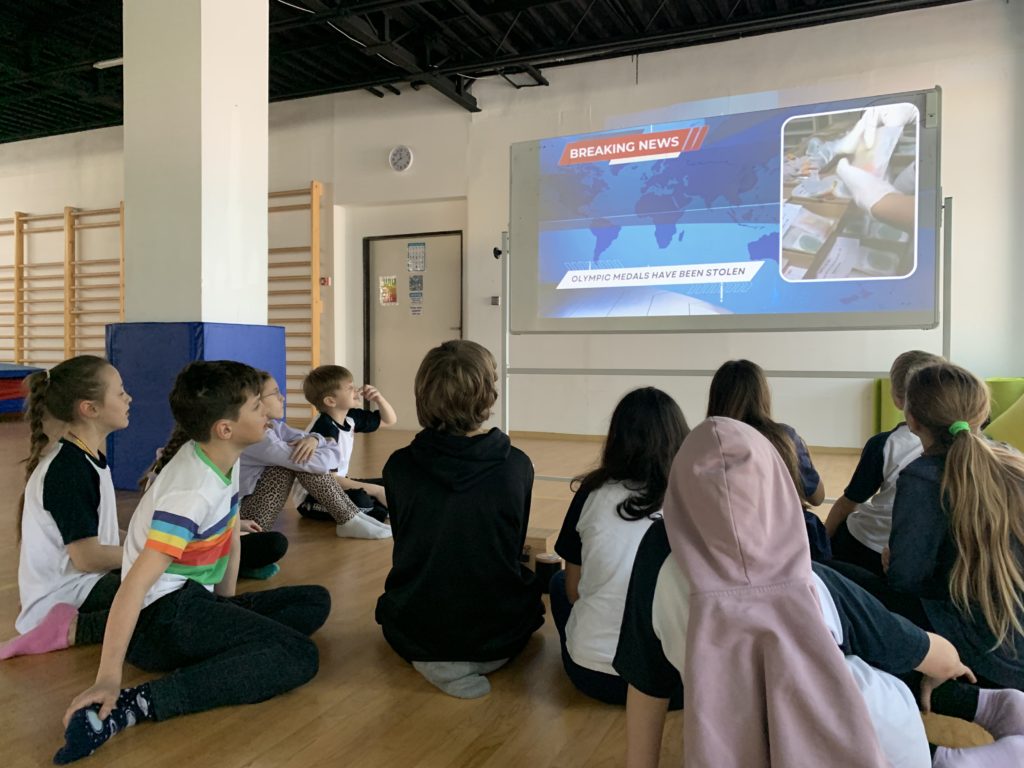
Someone had placed the medals in a mysterious chest. Students had to obtain different codes after completing the challenges in order to open said box. Students received a code after completing each activity. The following activities were proposed:
- Track relay race
- Tennis skills game
- Coordination game
- Acrosport pose
- Freesbe challenge
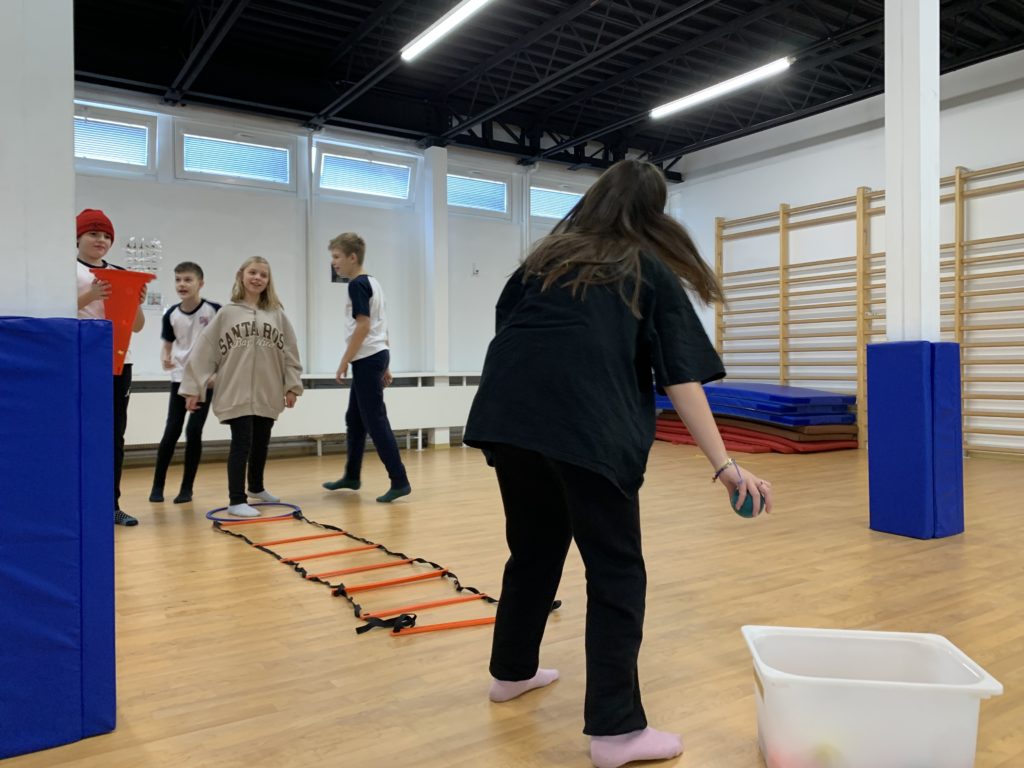
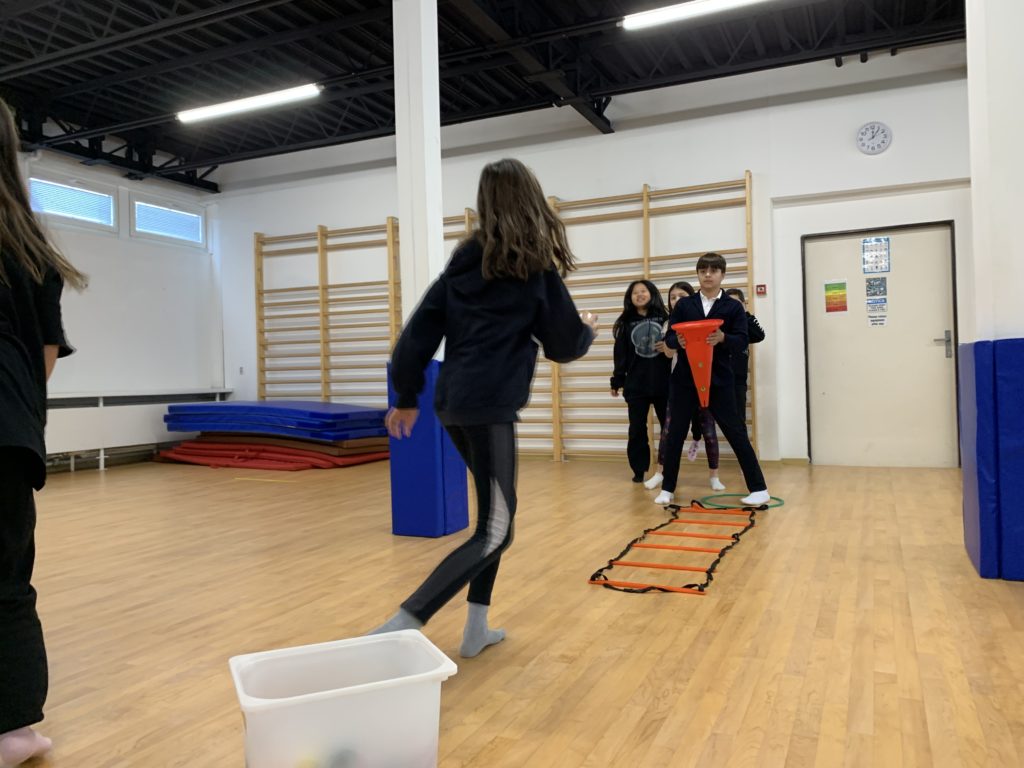
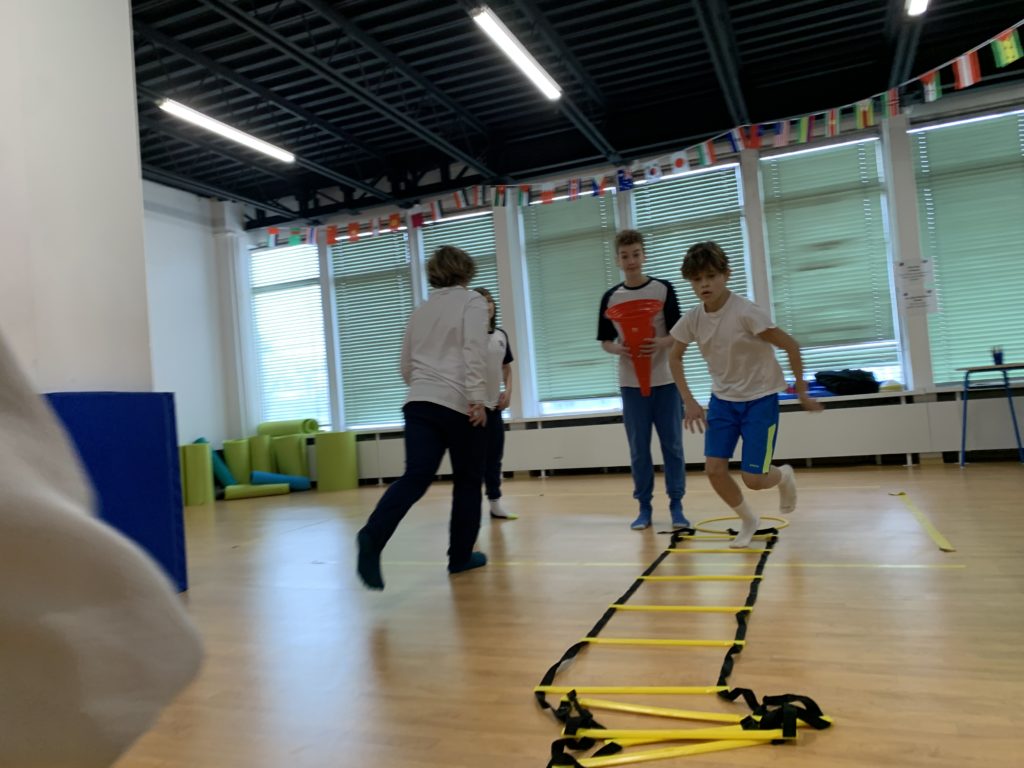
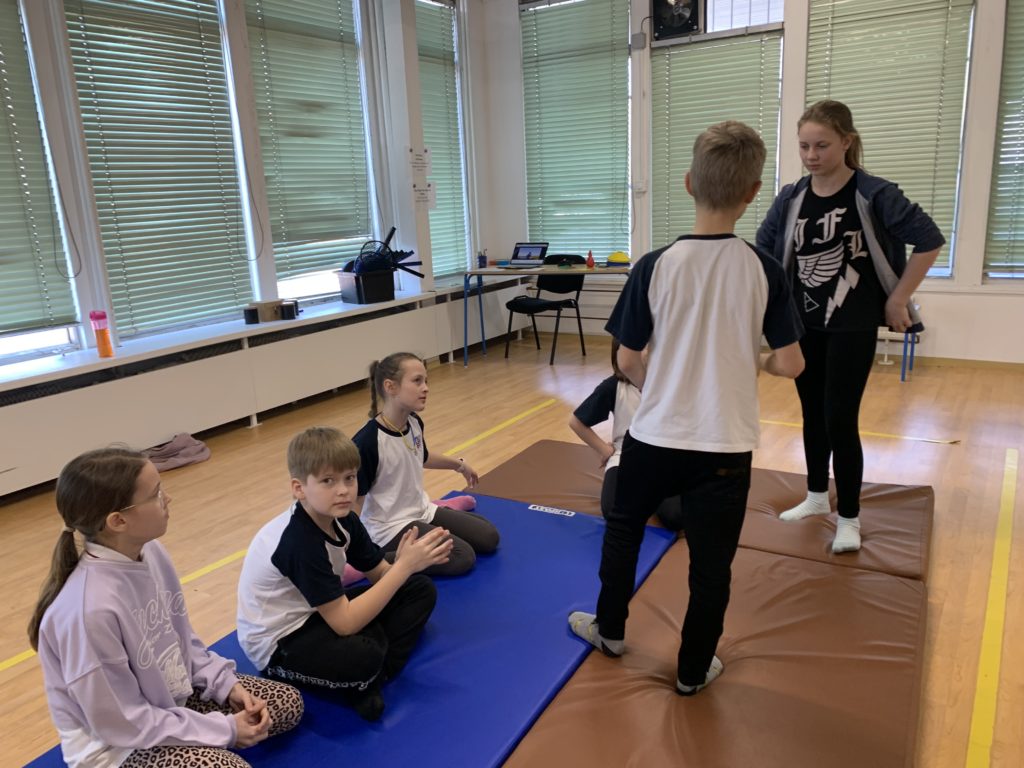
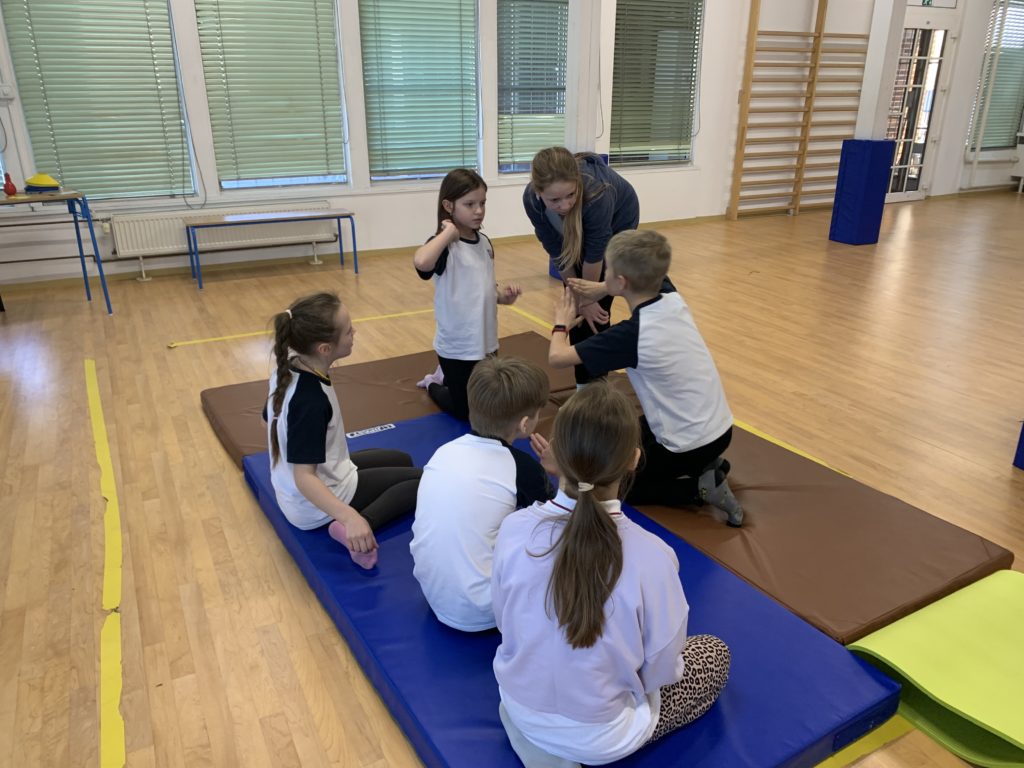
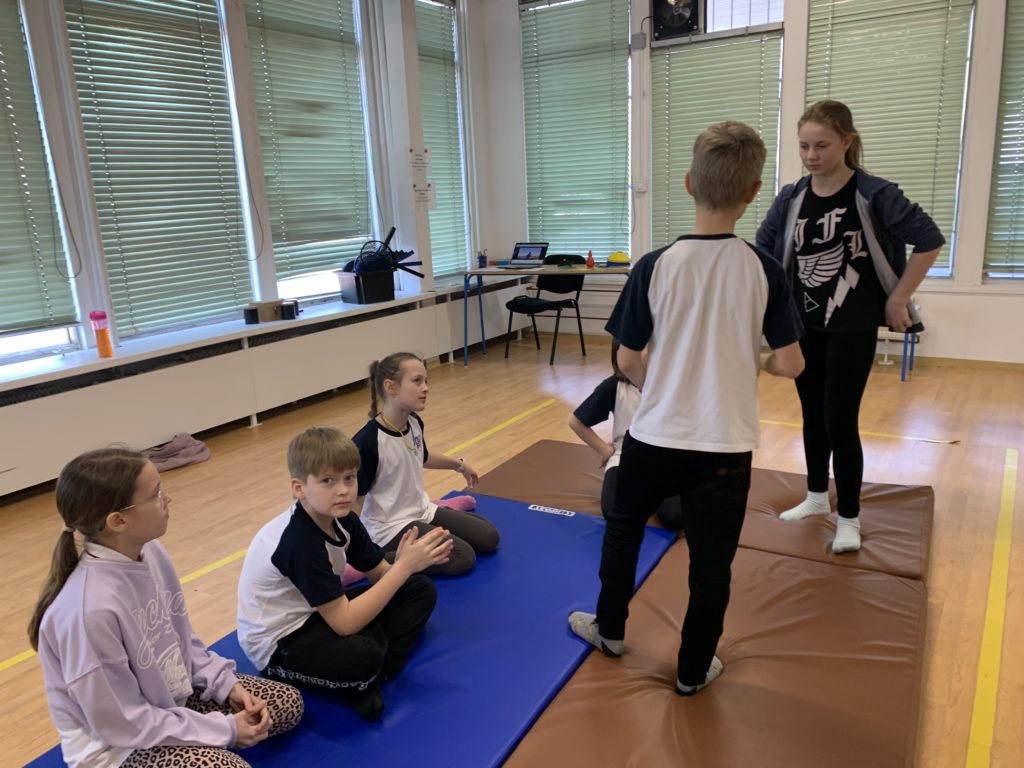

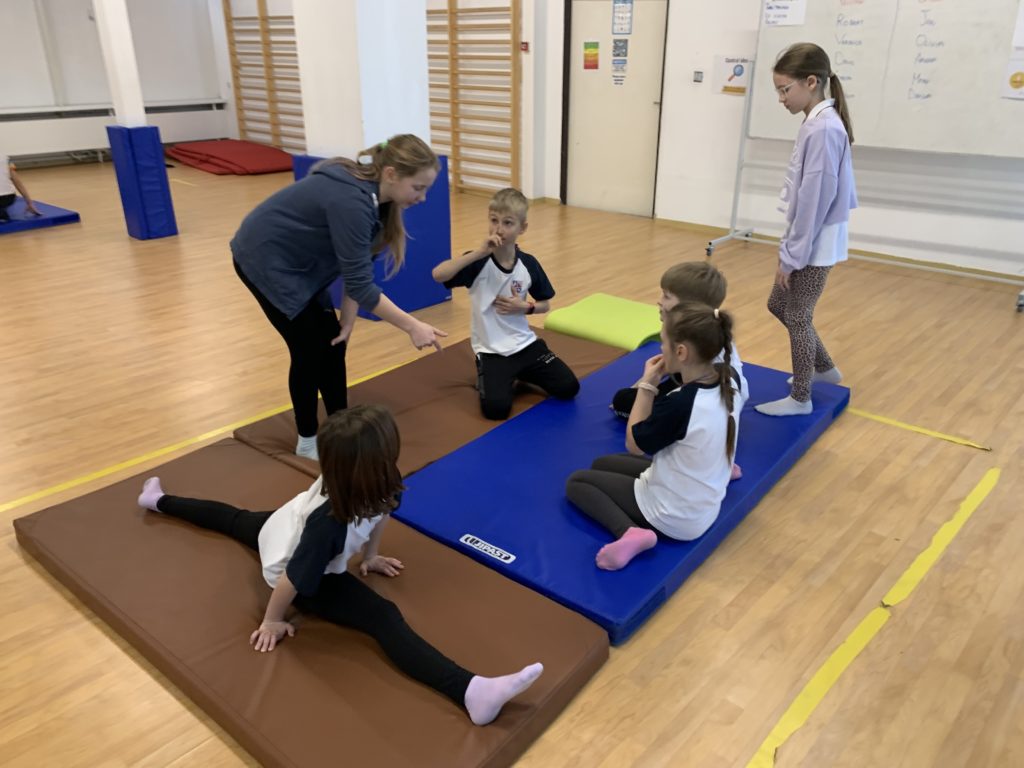
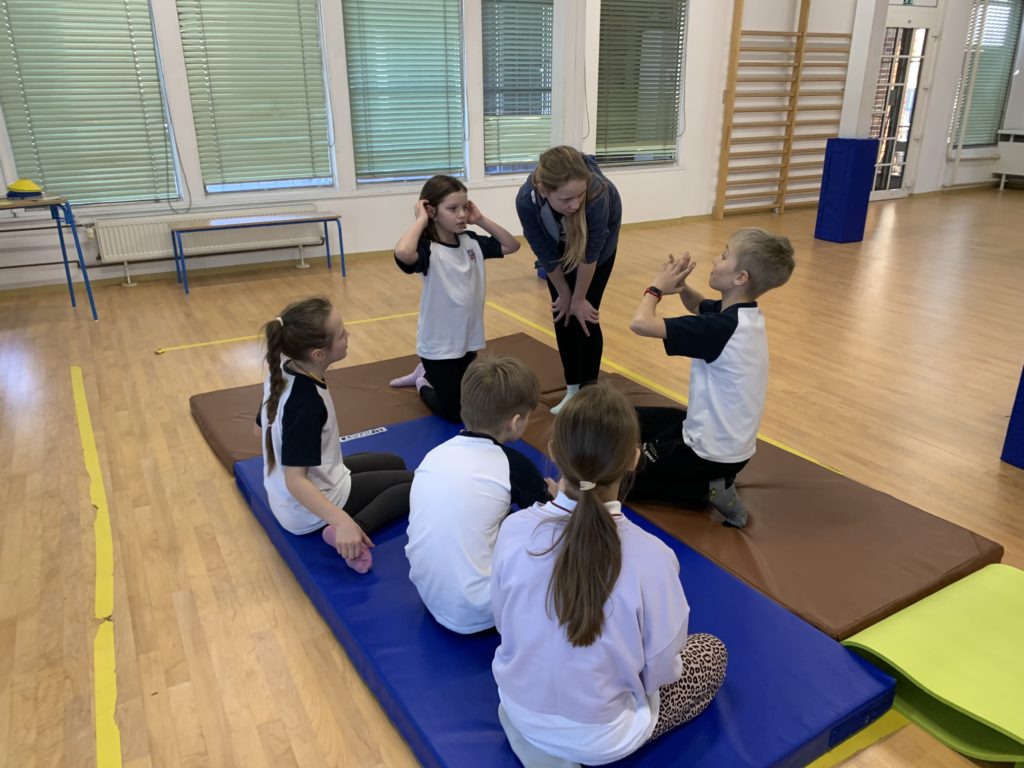
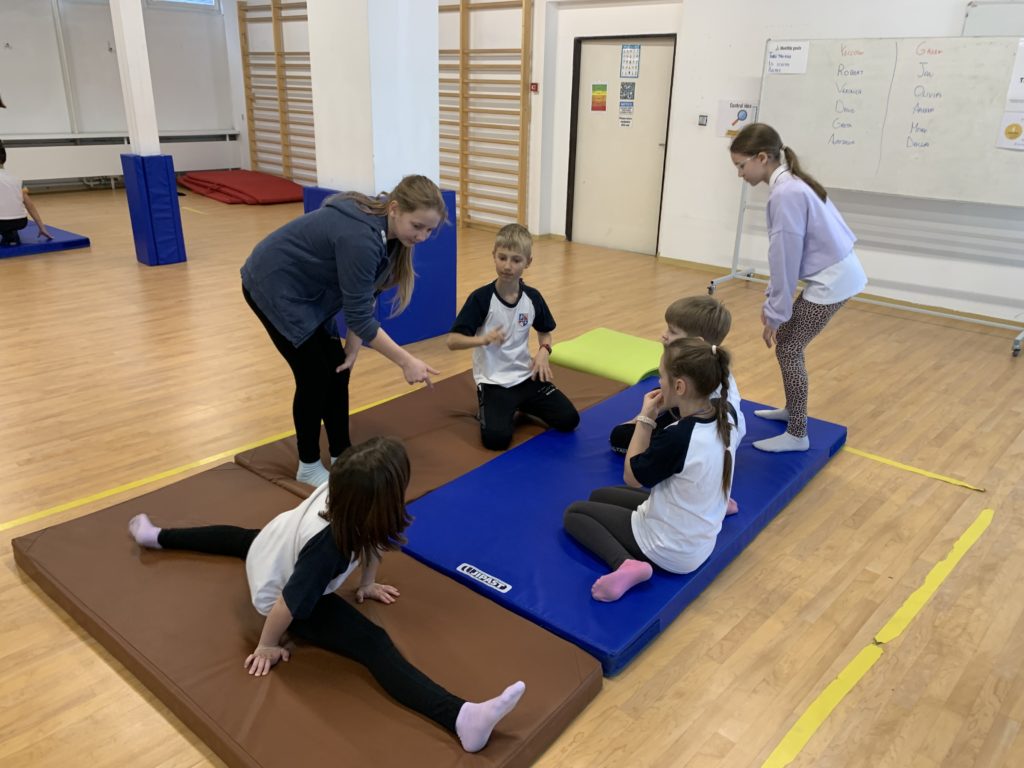
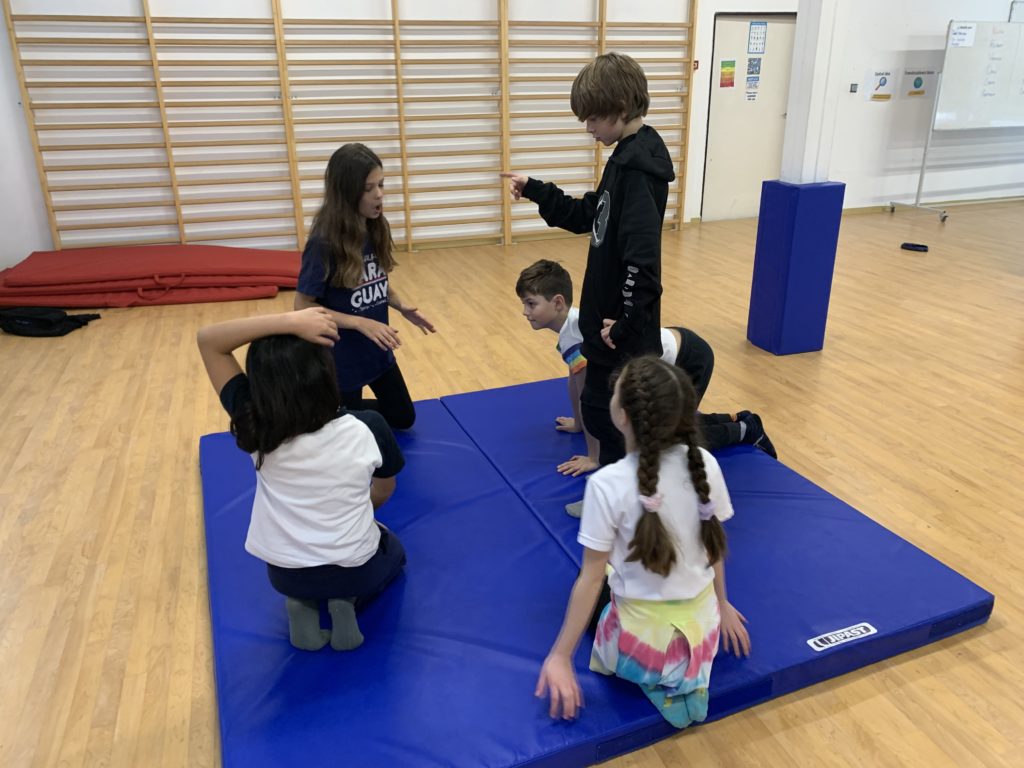
When the students had obtained all of the codes (five in total), they had to solve a mathematical operation that resulted in a final code. The final code was the answer to one of the three boxes containing the keys to the chest.
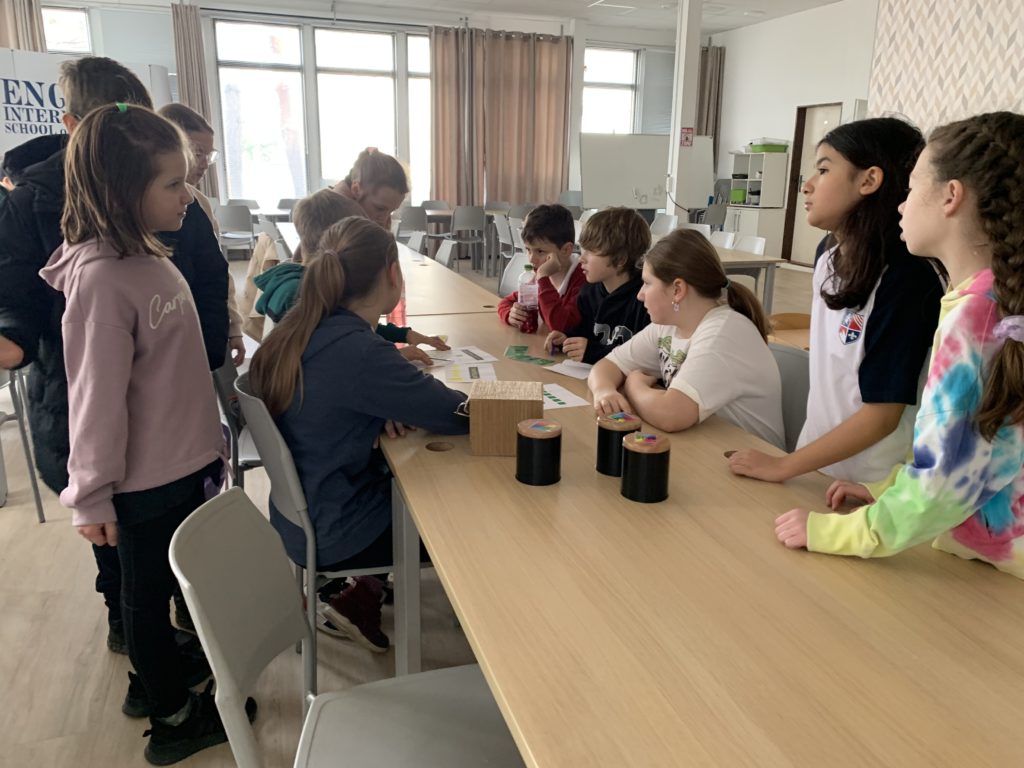
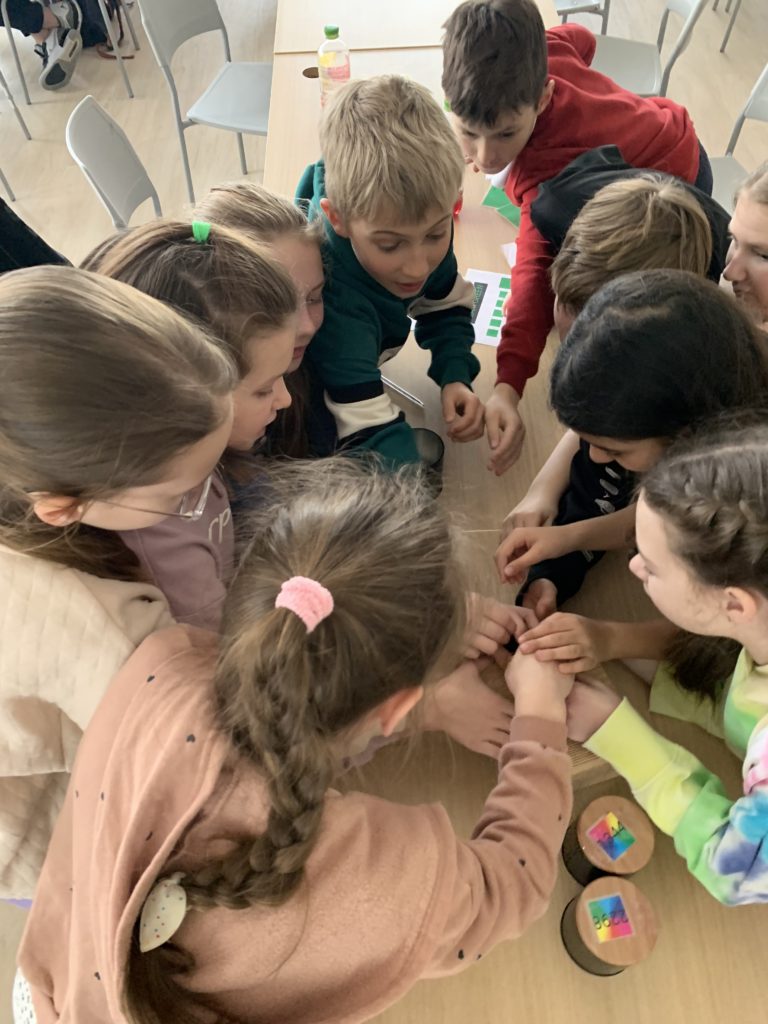
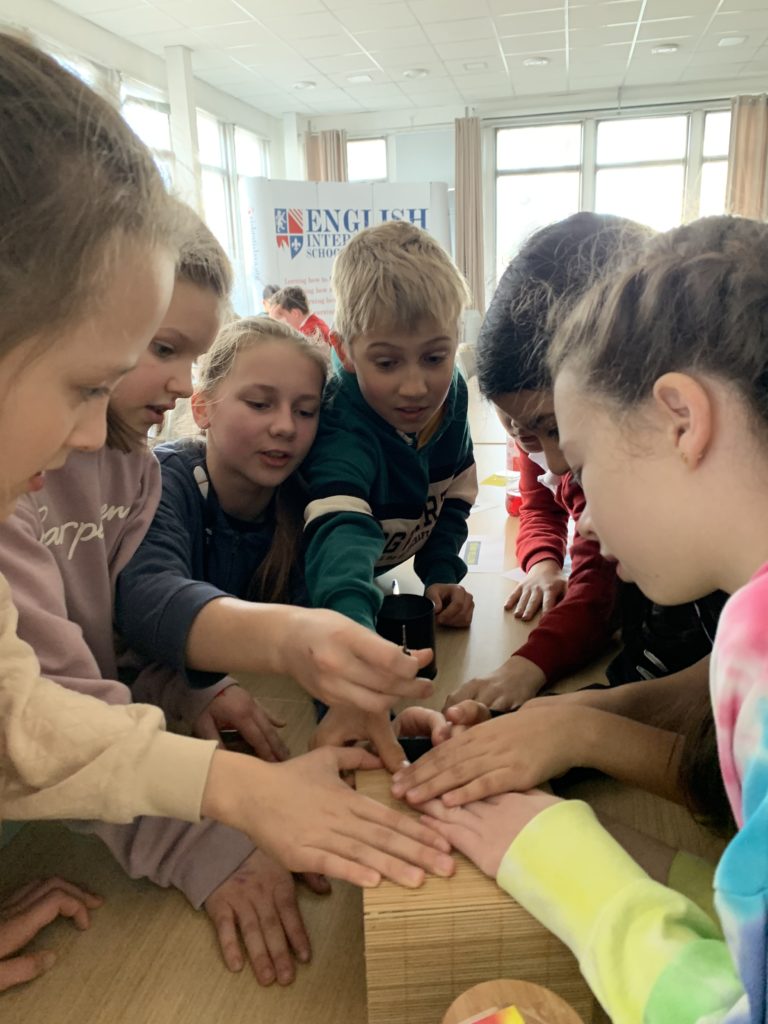
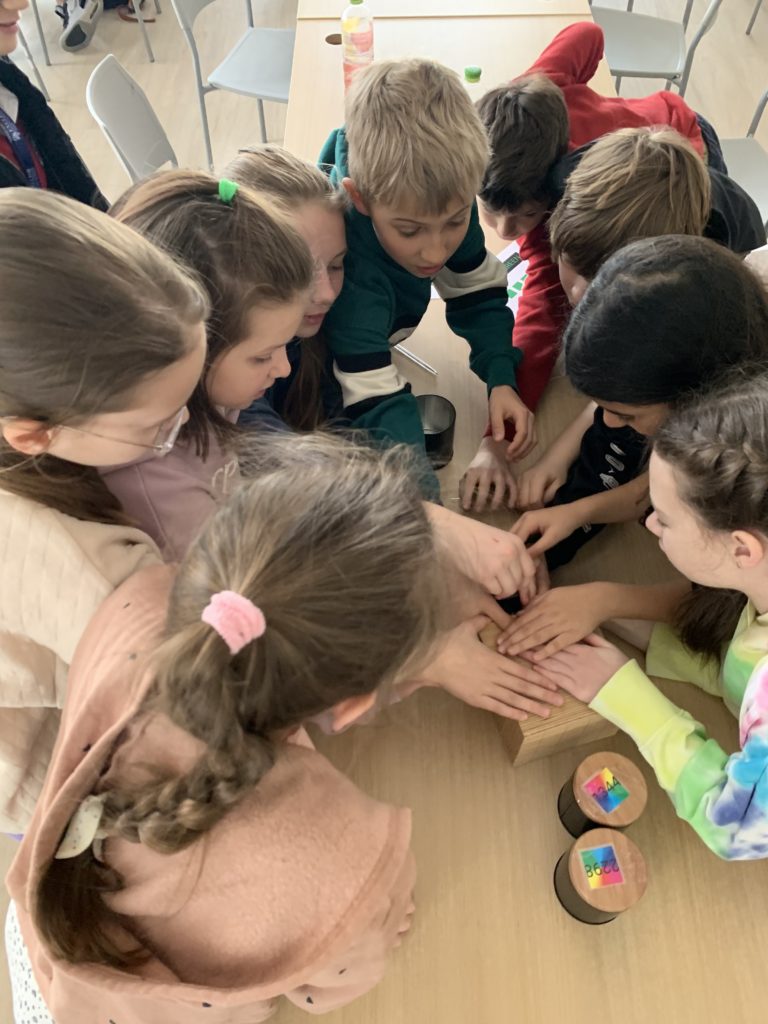
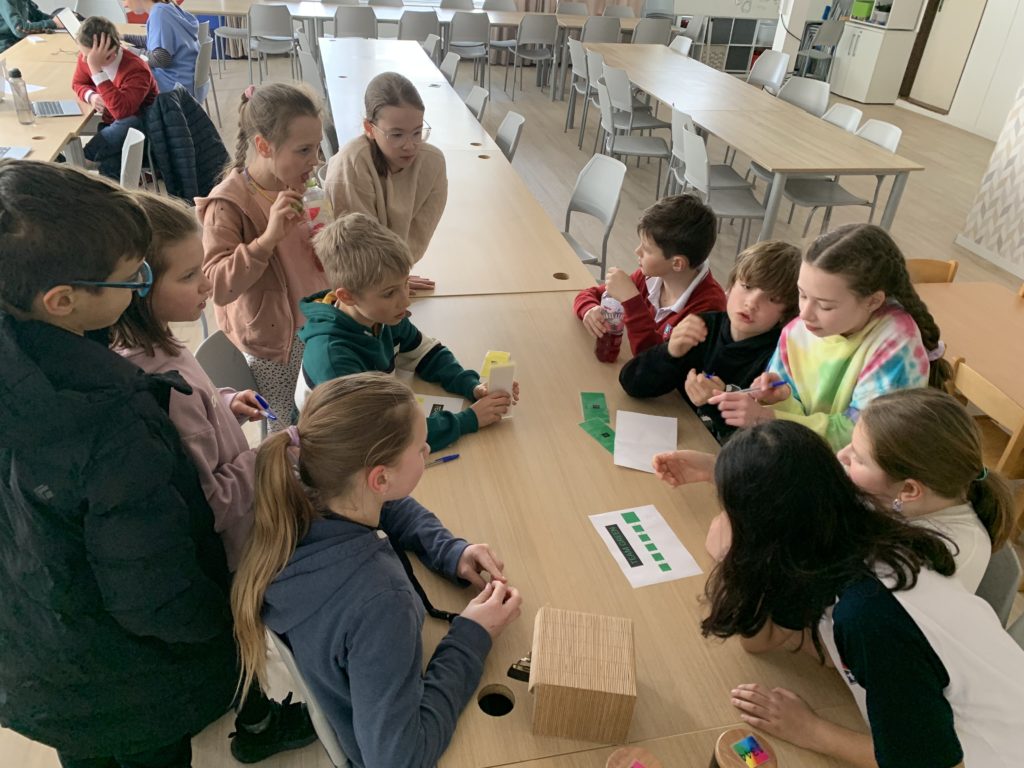
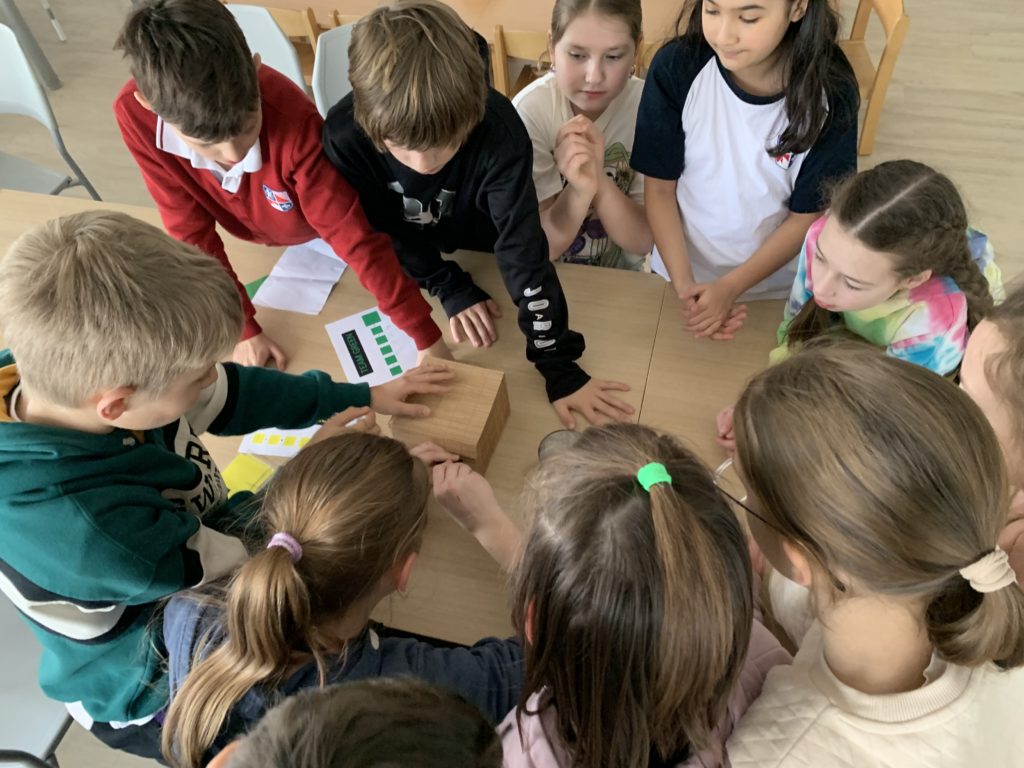
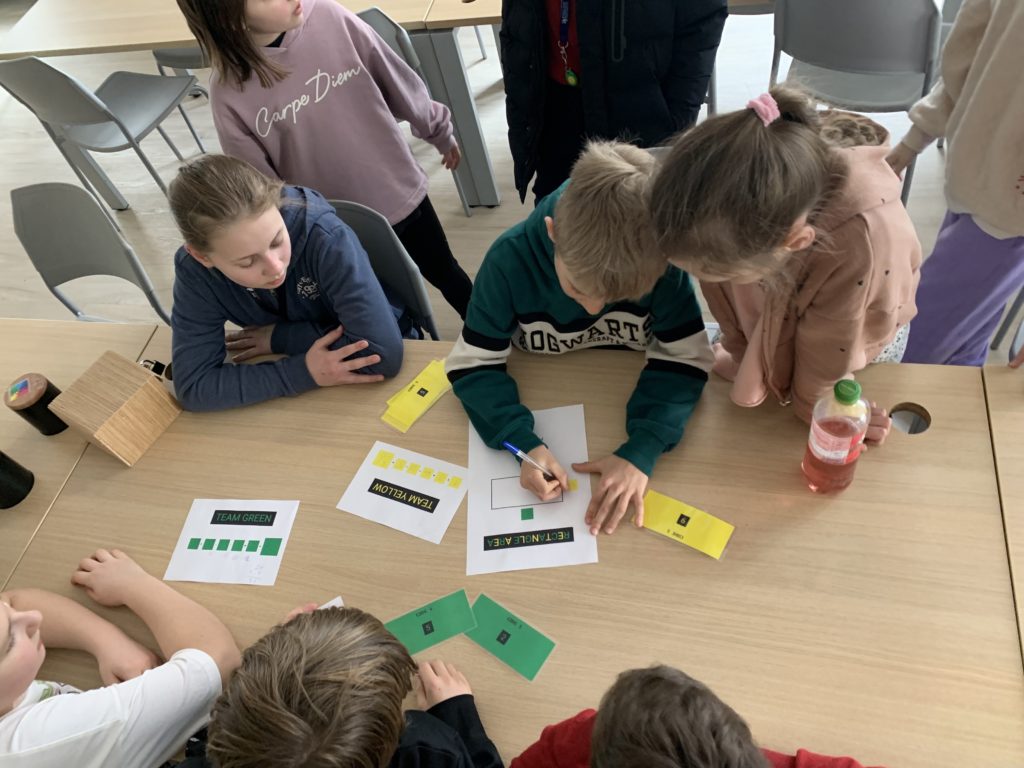
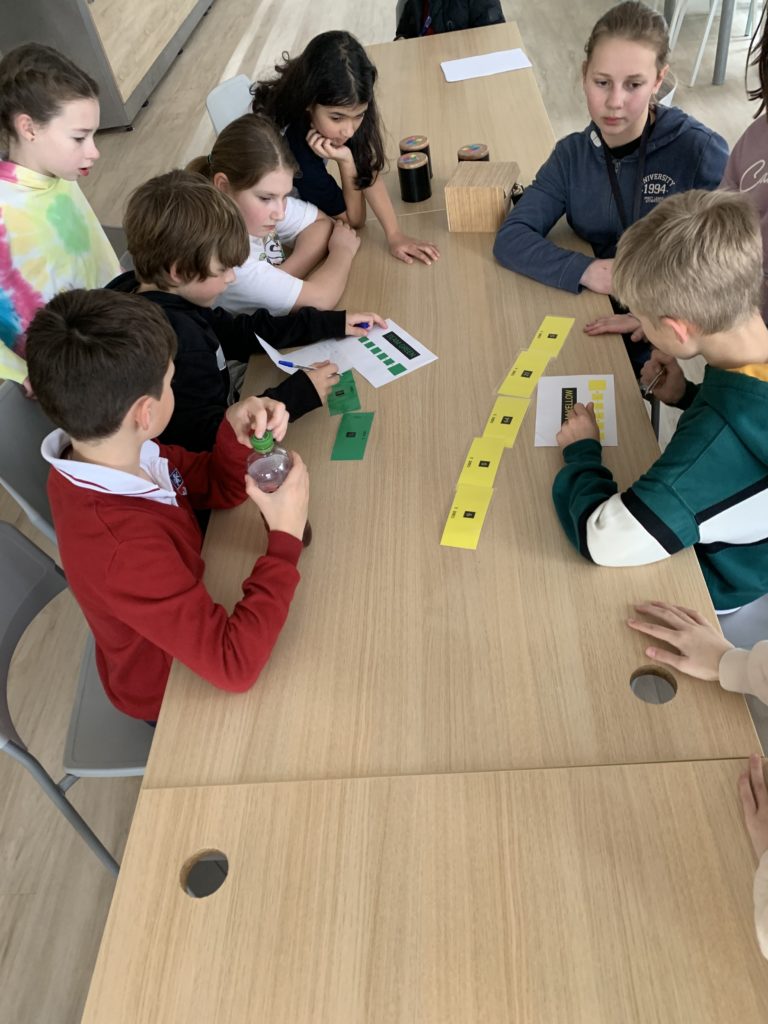
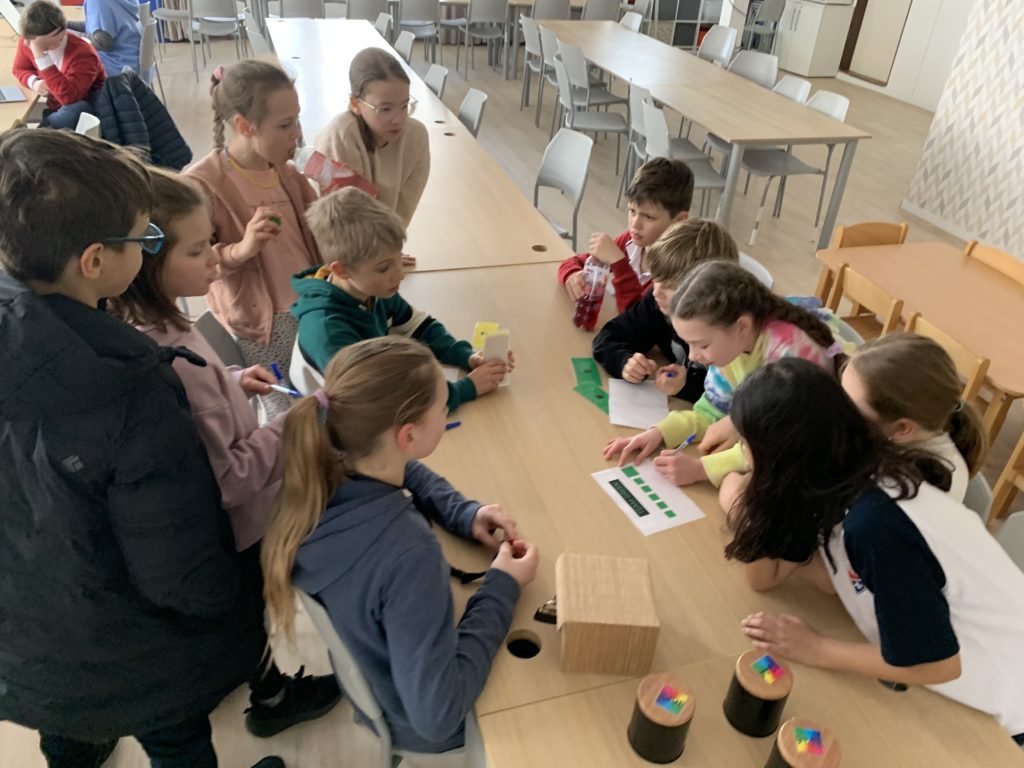
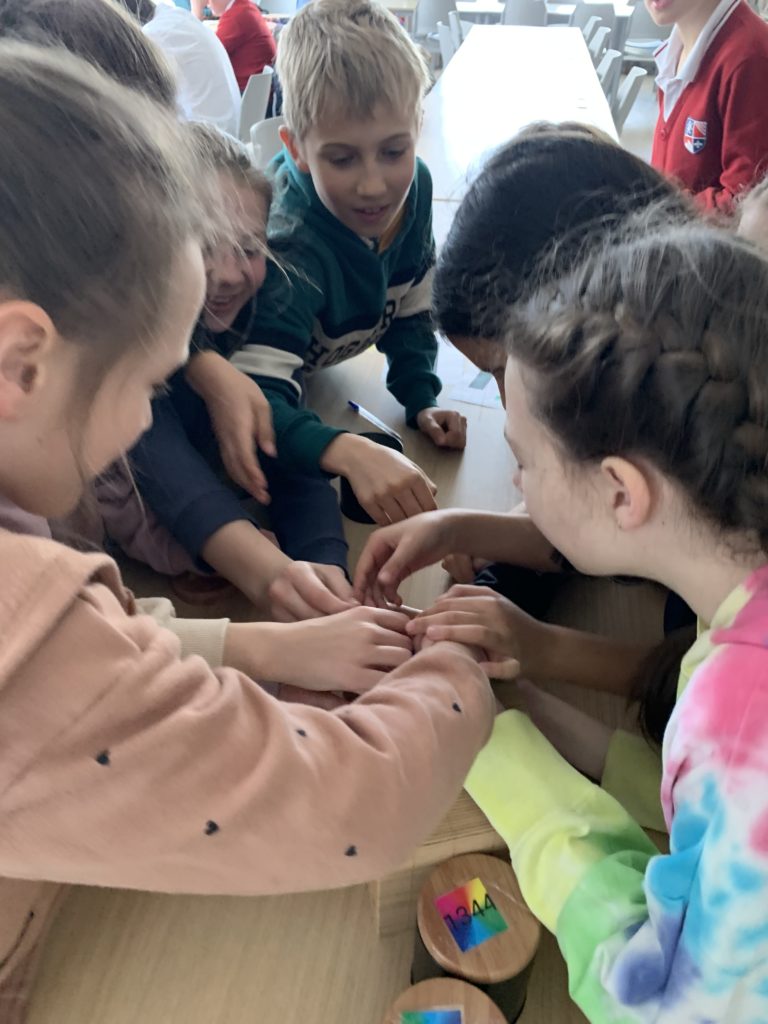
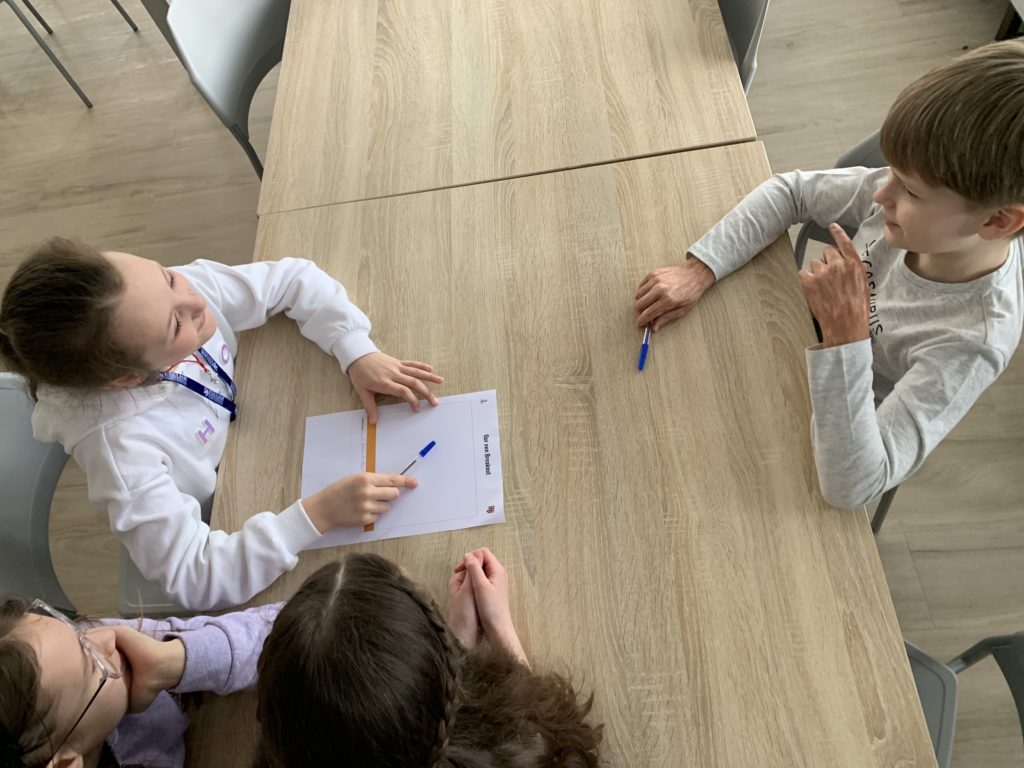
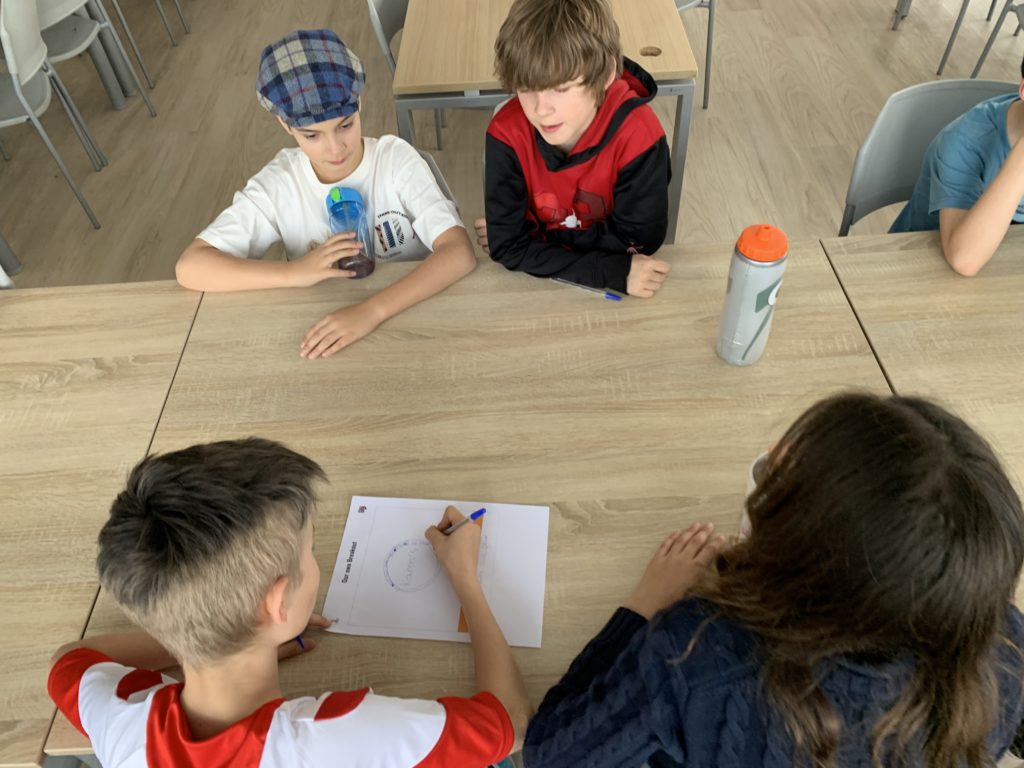
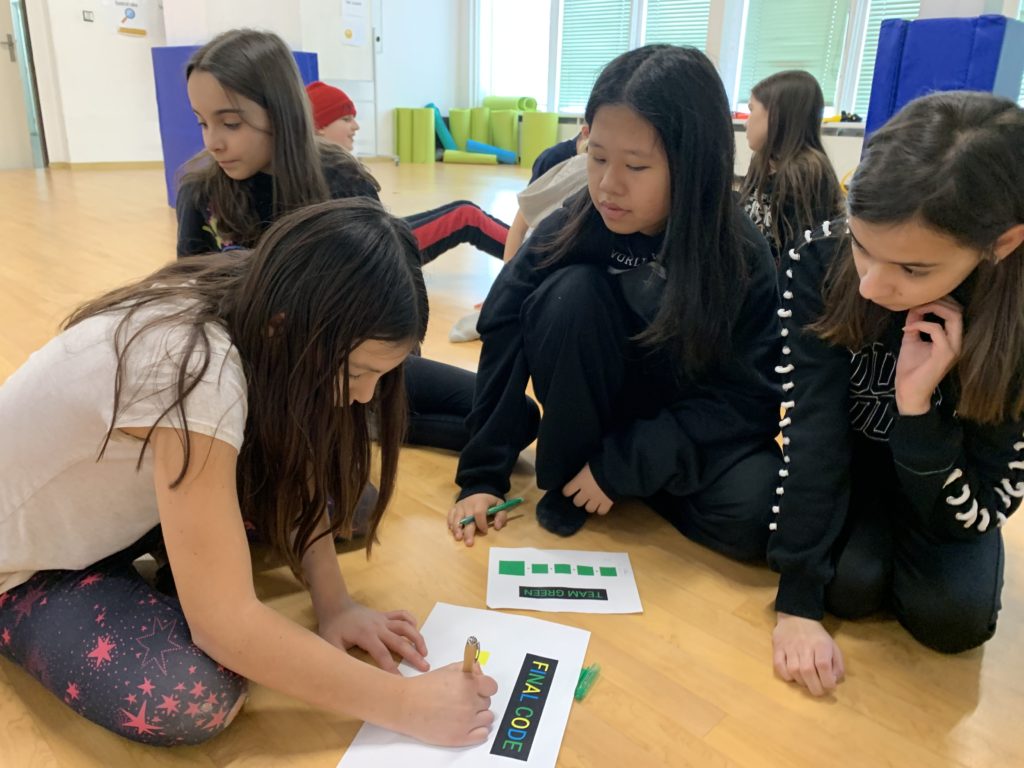
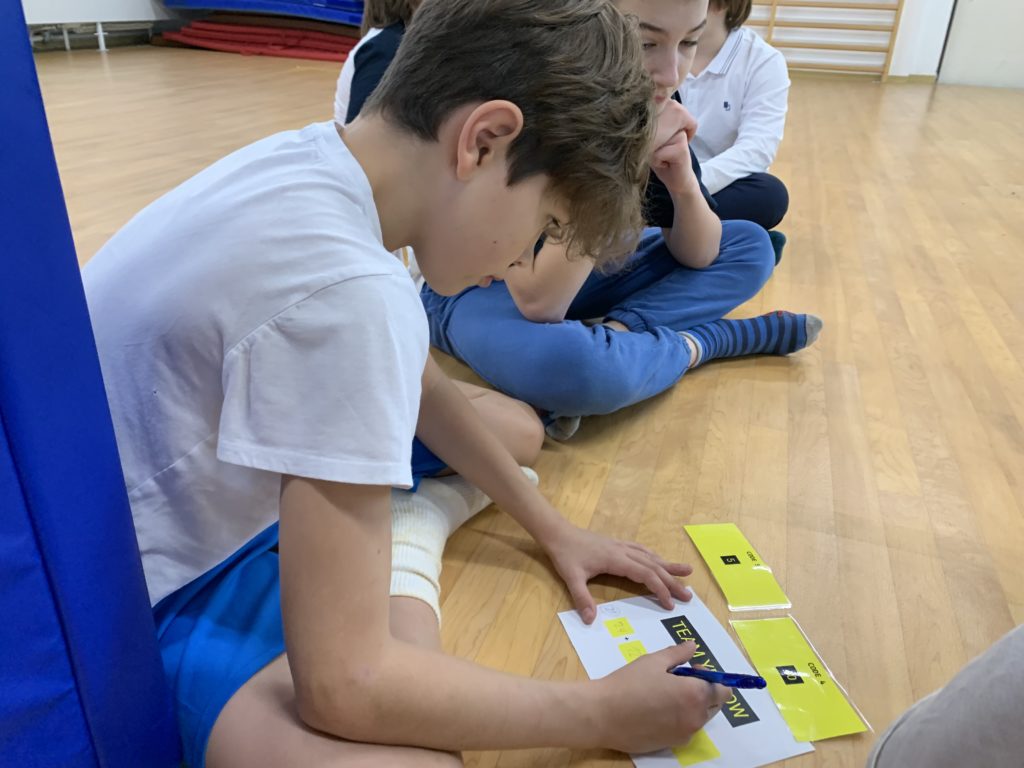
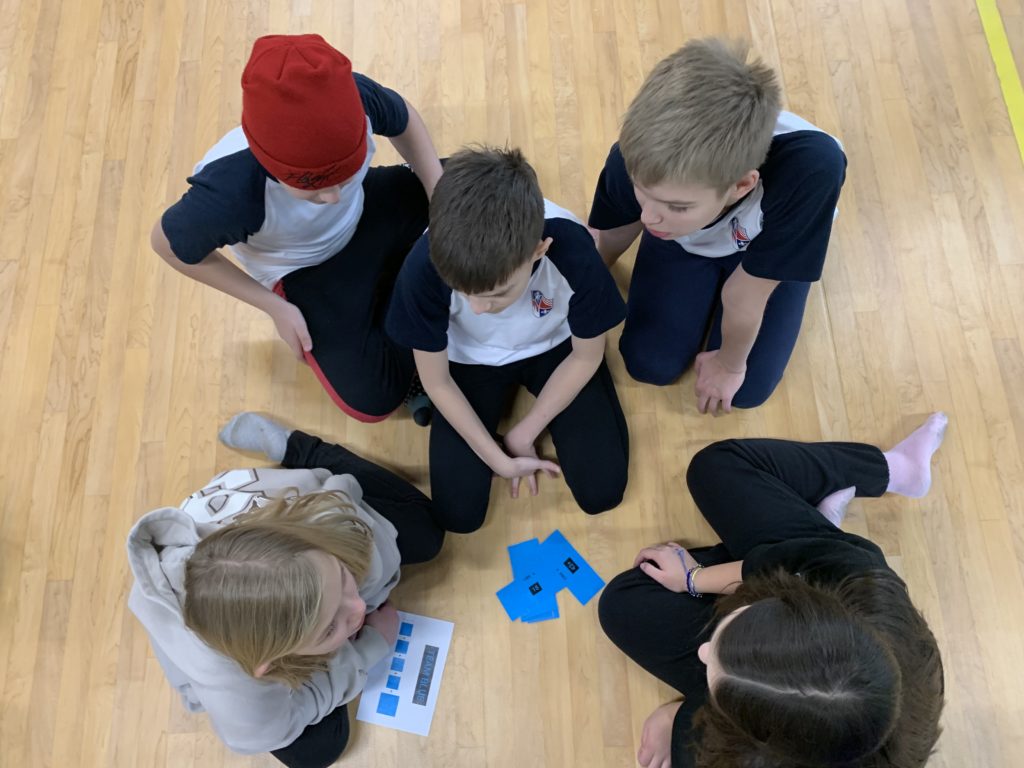
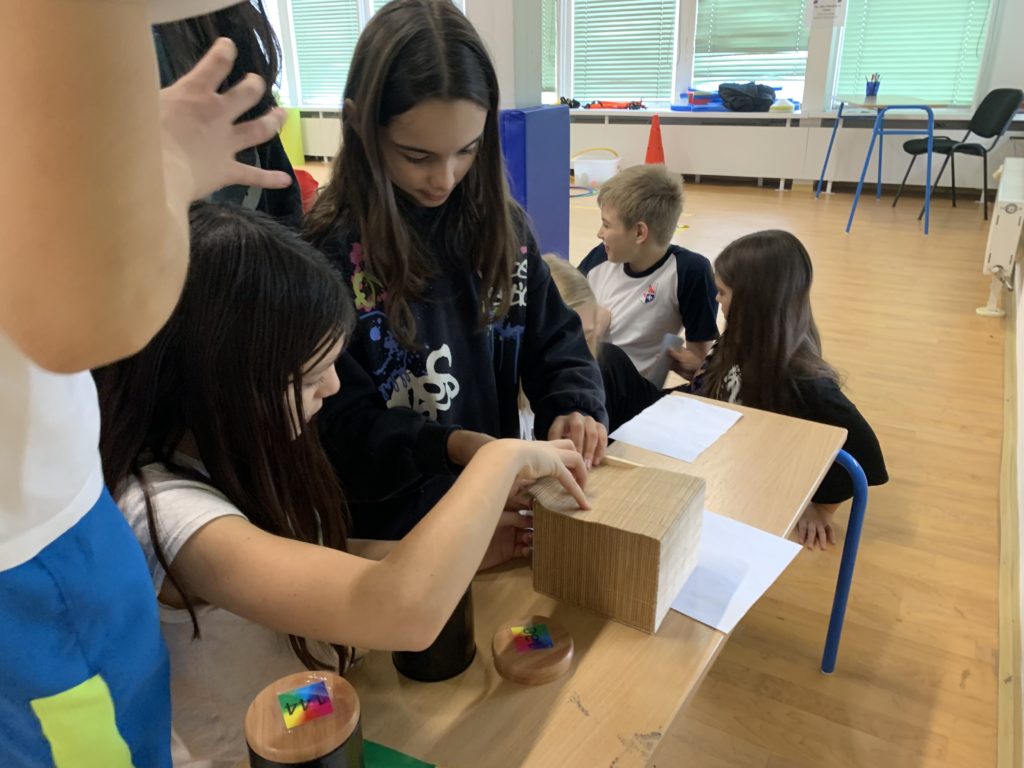
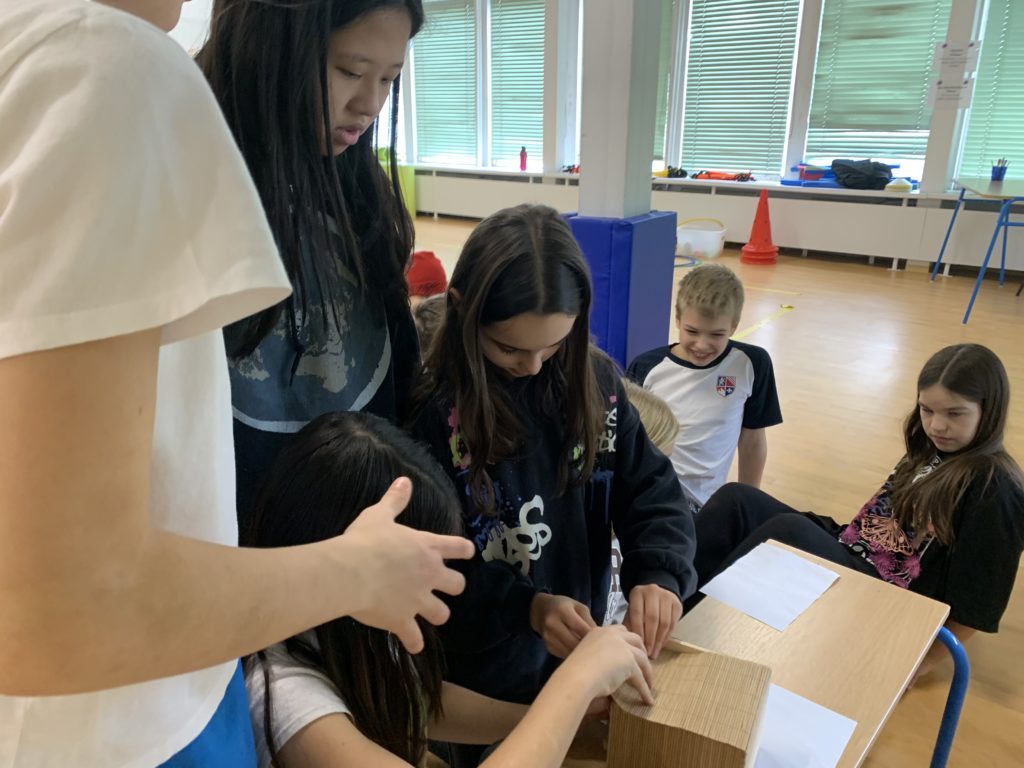

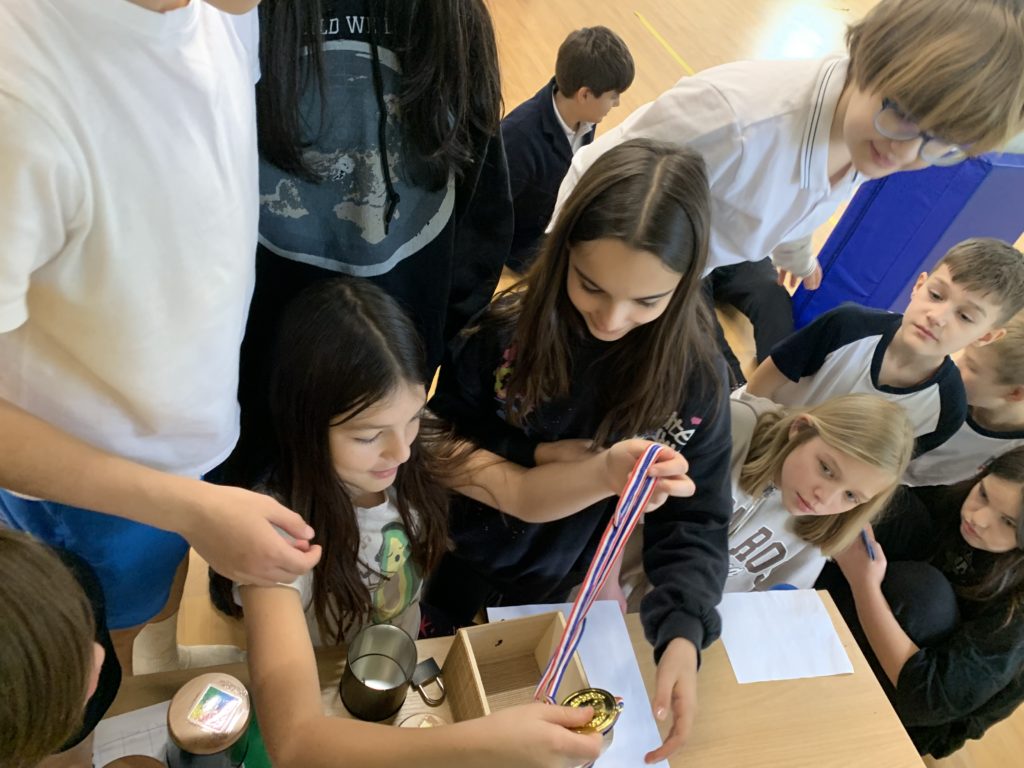
- Now, it is our turn.
The students had a great time participating in the breakout, but they still had another challenge ahead of them: designing their own breakout. To accomplish this, they worked in groups to create their own stories and games, taking into account the available materials, the difficulty of the games, and the maximum duration. During the design of this proposal, approaches such as thinking, social, communication, and research could be seen.
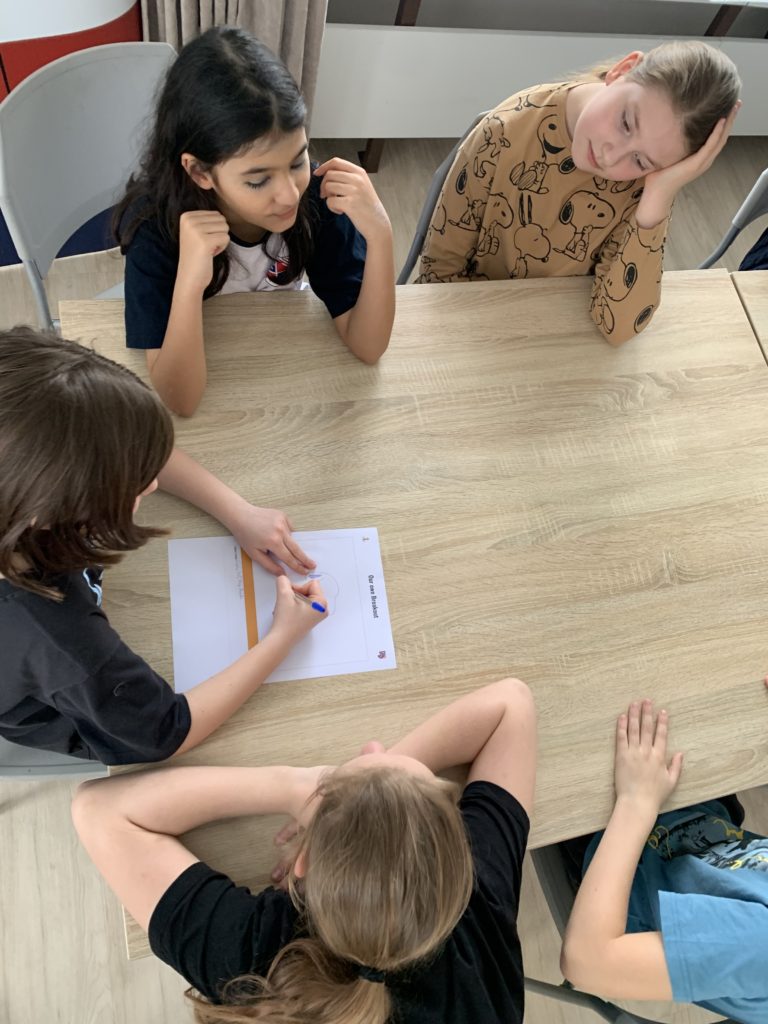


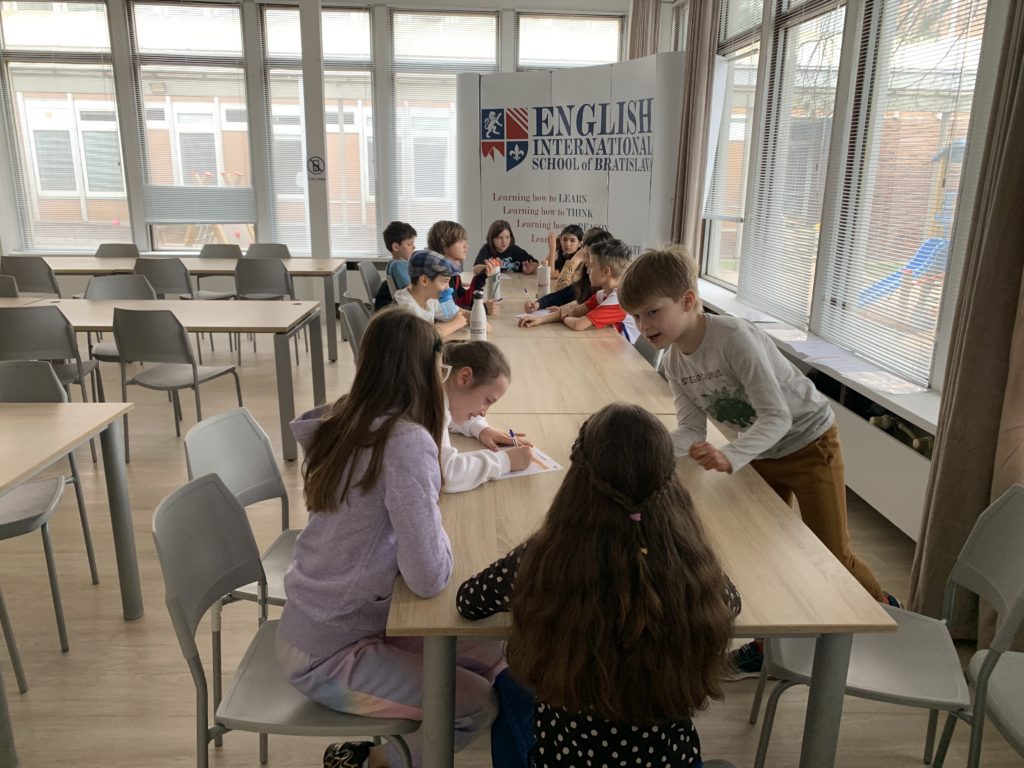
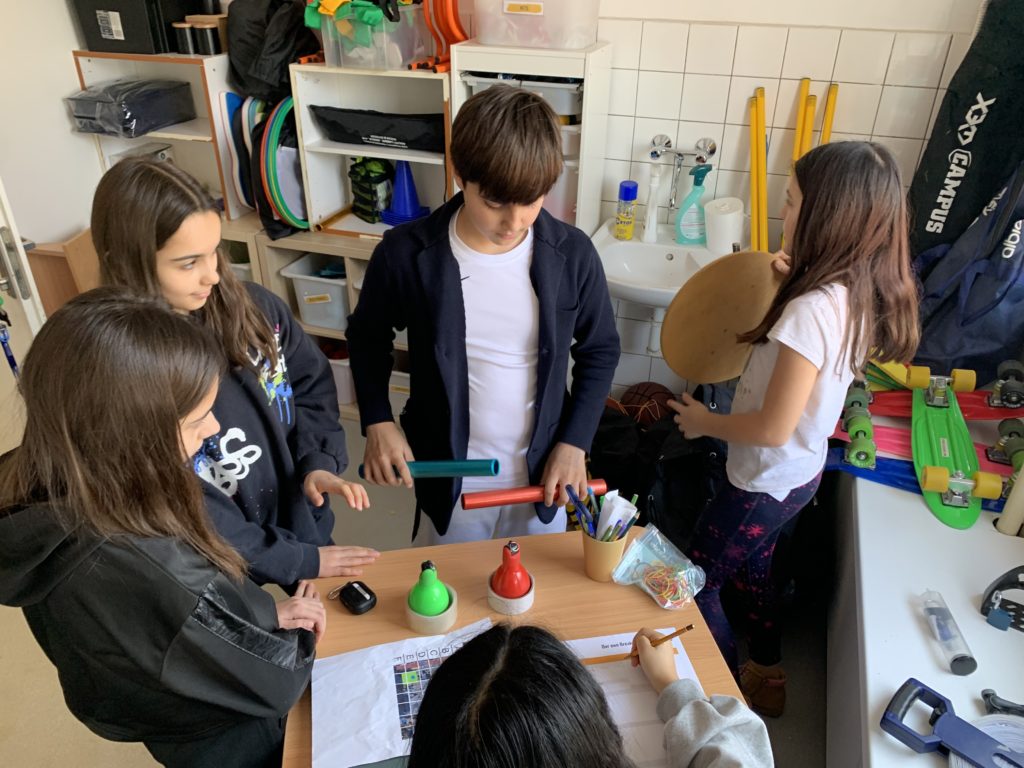
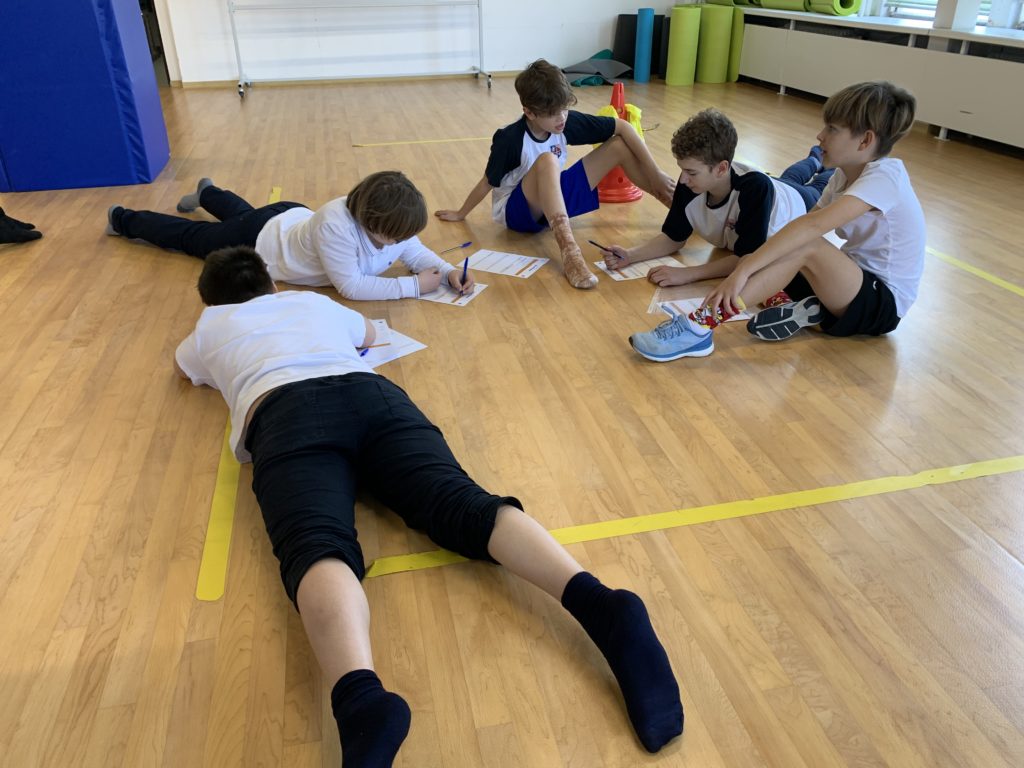
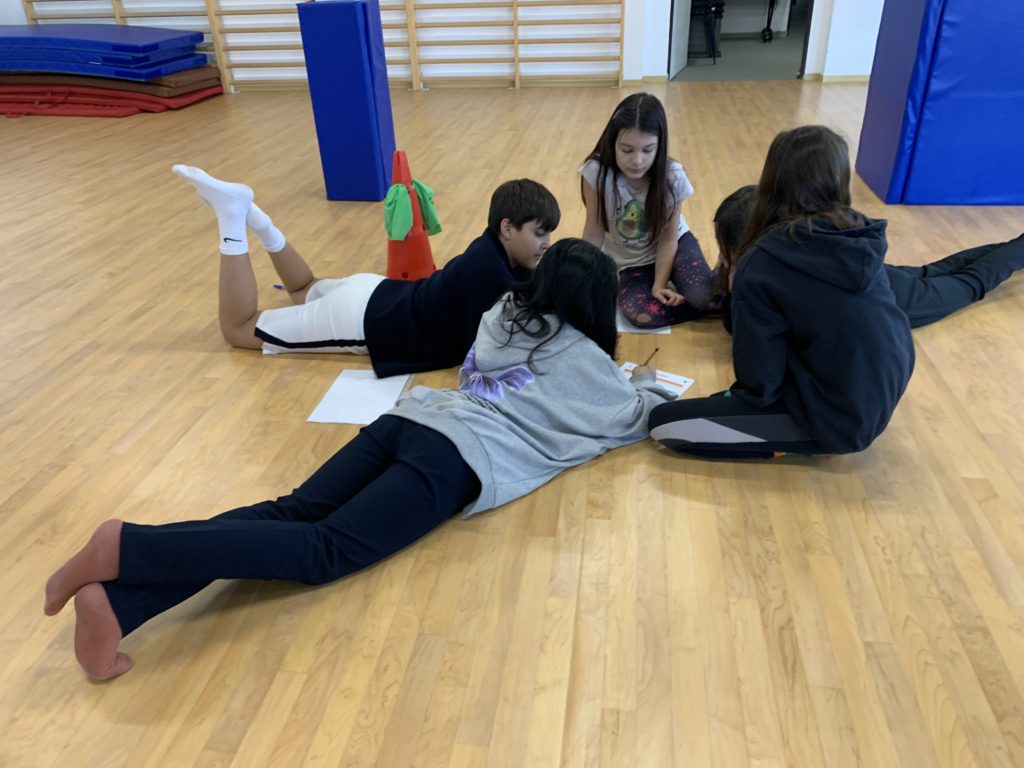
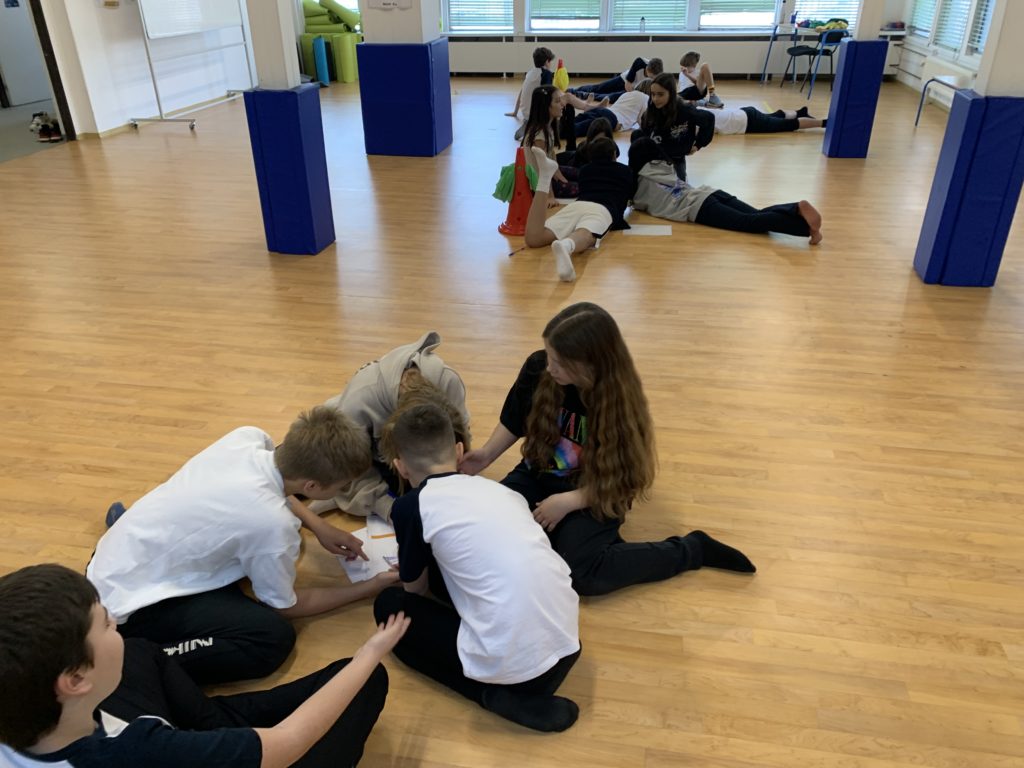

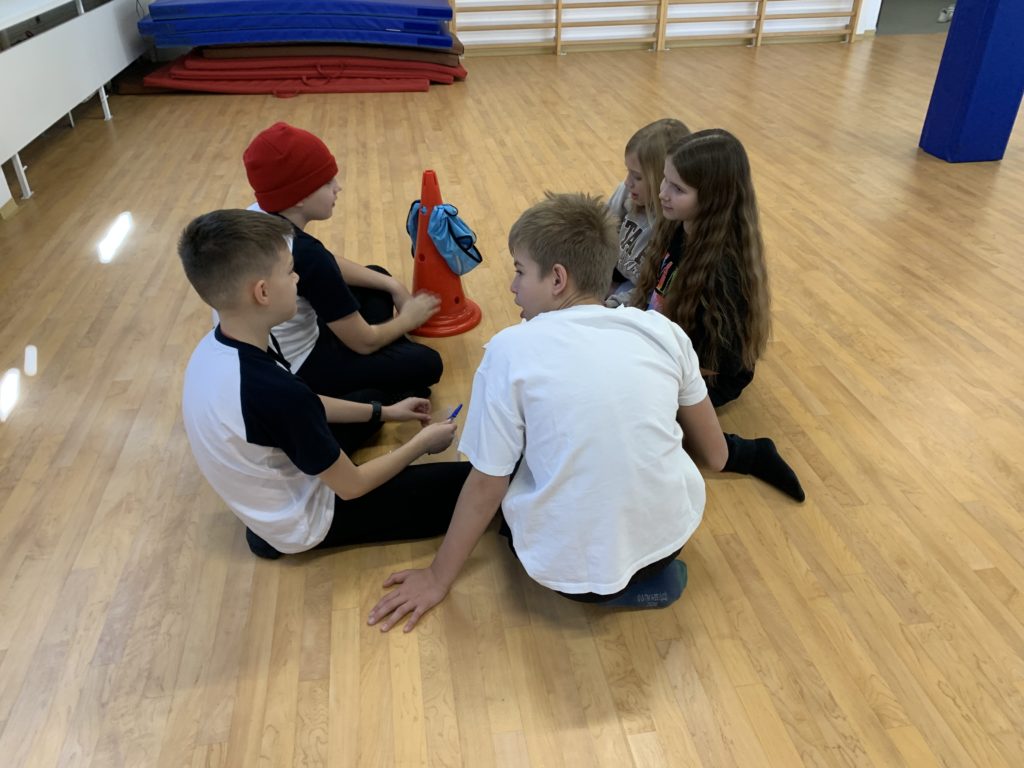

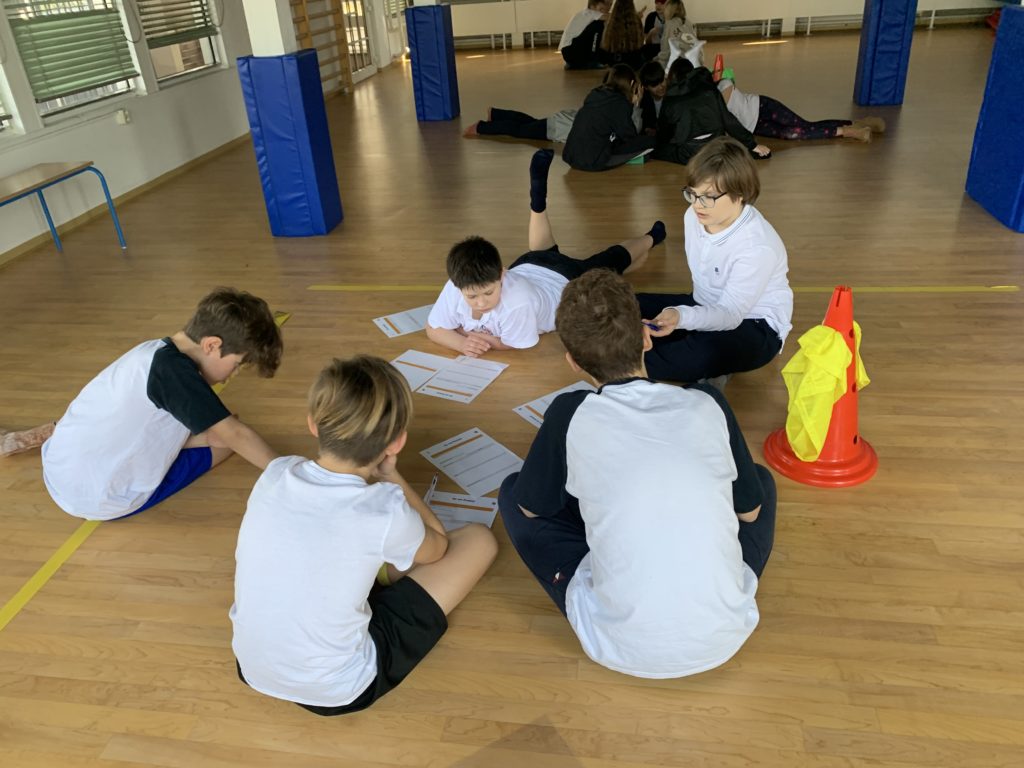
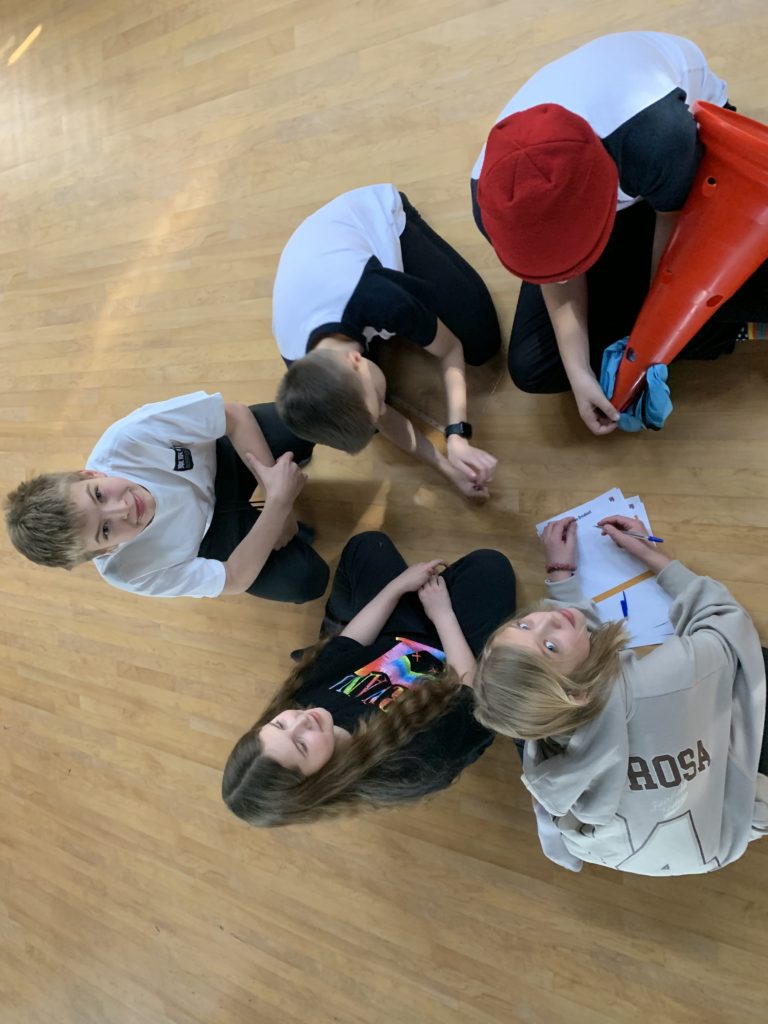

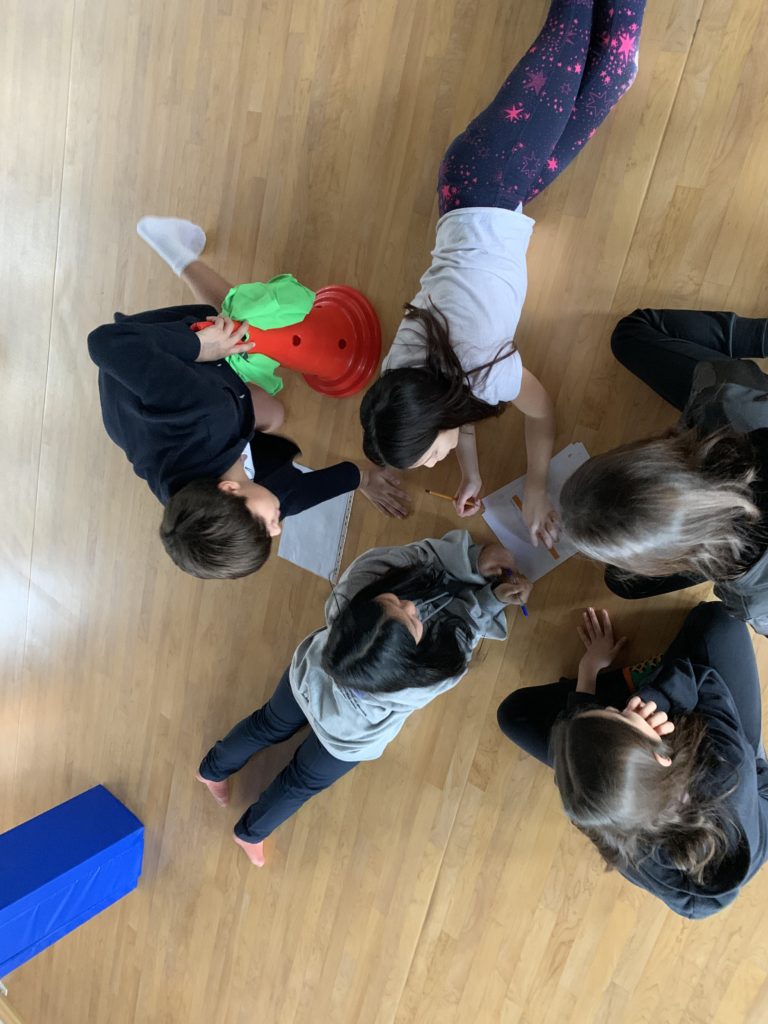
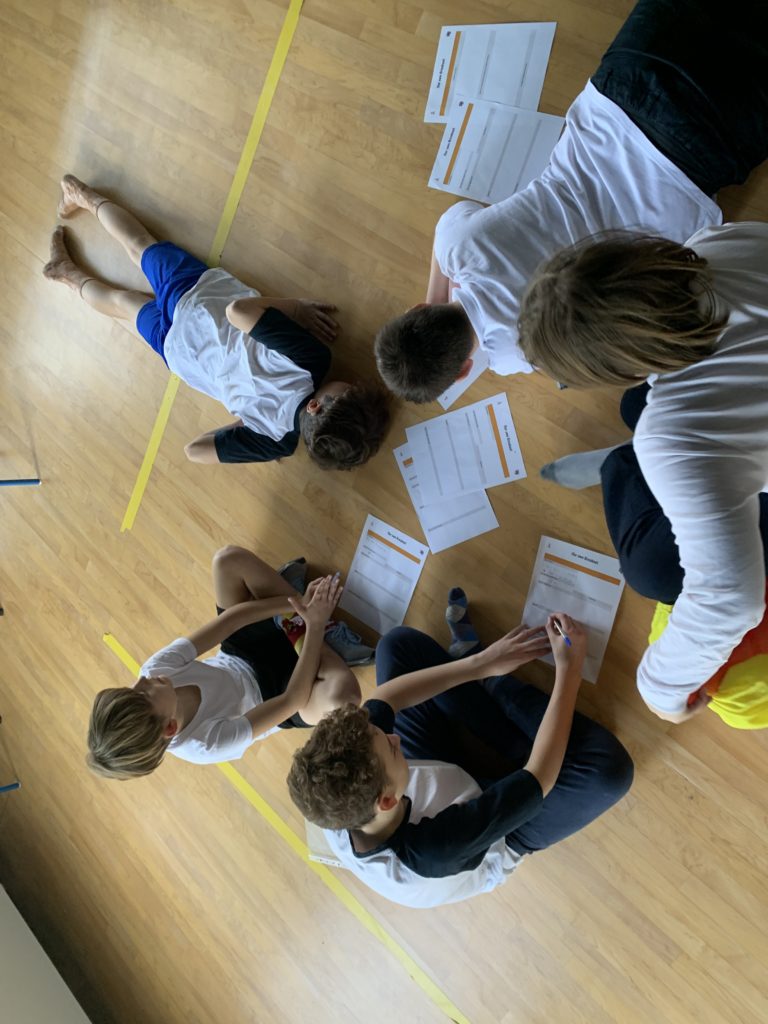

Bibliography
– Alcalde Peñalver, Elena; Santamaria Urbieta, Alexandra (2020). Enhancing medical translation skills through a gamified experience. Failure or success? Panace, 21.51: 4-12. https://reunir.unir.net/handle/123456789/11061
– Dichev, C., Dicheva, D. (2017). Gamifying education: what is known, what is believed and what remains uncertain: a critical review. Int J Educ Technol High Educ 14 , 9. https://doi.org/10.1186/s41239-017-0042-5
– Manzano-León, A.; Rodríguez-Ferrer, J.M.; Aguilar-Parra, J.M.; Martínez Martínez, A.M.; Luque de la Rosa, A.; Salguero García, D.; Fernández Campoy, J.M. (2021). Escape Rooms as a Learning Strategy for Special Education Master’s Degree Students. Int. J. Environ. Res. Public Health 18, 7304. https:// doi.org/10.3390/ijerph18147304
Parker, K. B., Hessling, P. A. (2019). Breakout of a Traditional Classroom Reality With Game-Based Learning Pedagogy. In P. Bull & J. Keengwe (Eds.), Handbook of Research on Innovative Digital Practices to Engage Learners (pp. 52-67). IGI Global. https://doi.org/10.4018/978-1-5225-9438-3.ch003


